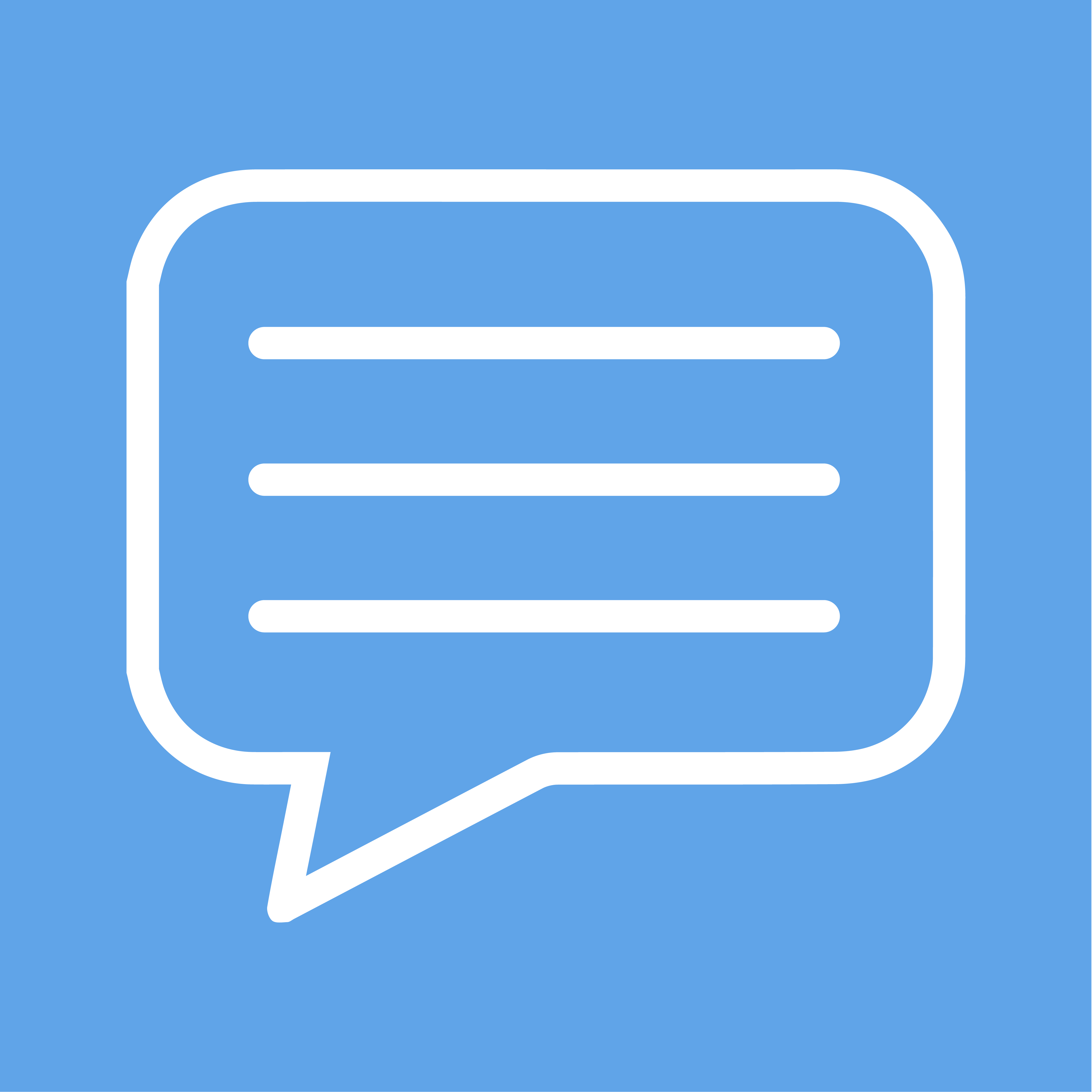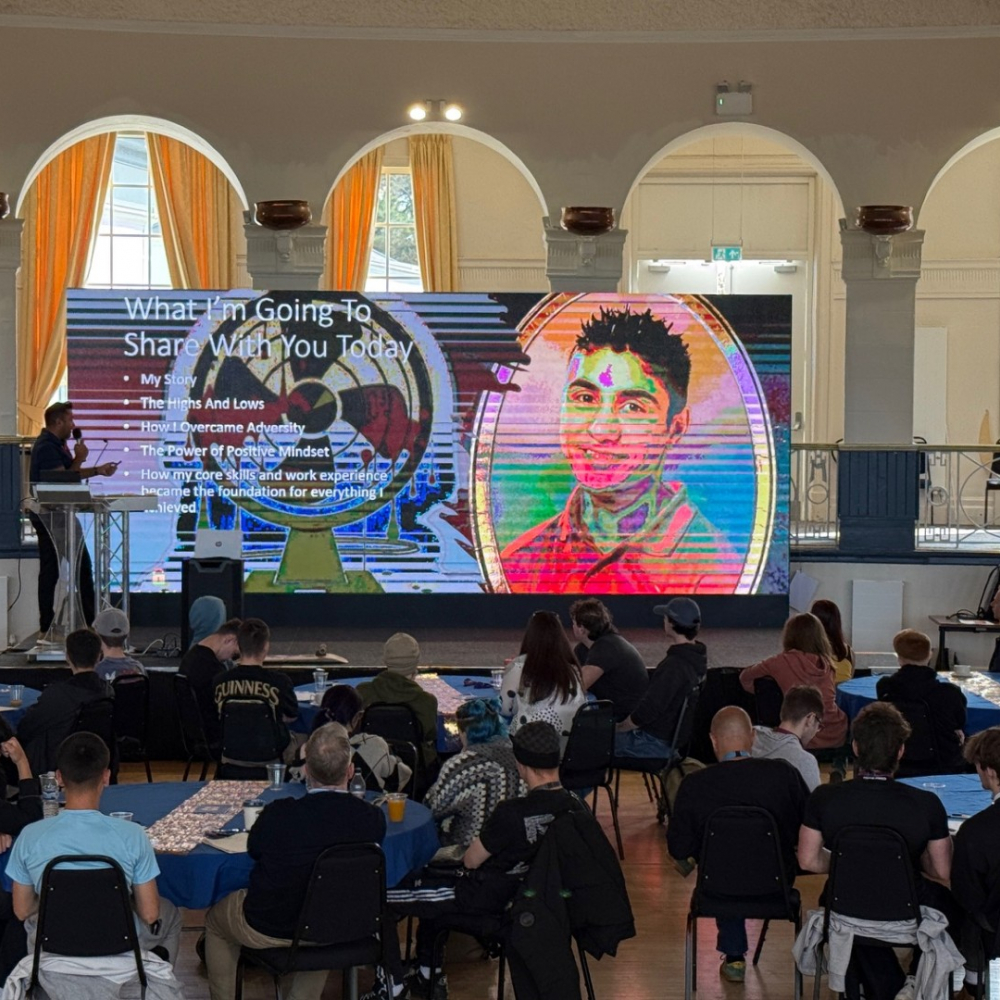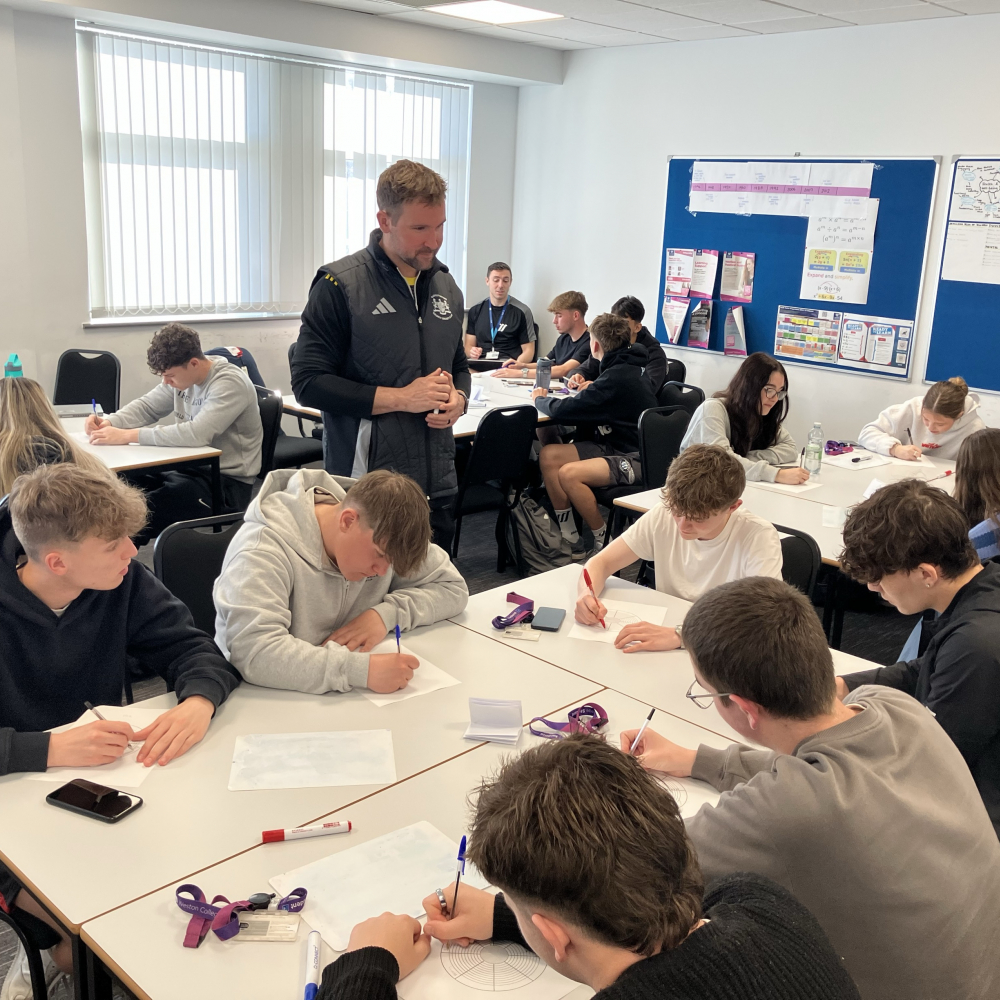
The Future of Education: Using Immersive Training to Change the Face of HGV Driving


Blogs and Vlogs
At Weston College, we are passionate about utilising technology, to not only assist a learner’s experience, but to enhance it.
I am fortunate to oversee the Digital Learning Team, and we develop a wide range of bespoke learning content for faculties across the college. We are always looking at ways in which we can innovate and harness the latest technology, and this year we have been creating 360 immersive content to deepen learning through memorable experiences.
We began introducing this content in the Healthcare department, and felt that Construction would also benefit hugely from this, particularly in the training of HGV and LGV (Heavy Goods Vehicle and Light Goods Vehicle) driving. With the widespread shortage of drivers over the last few months, training drivers efficiently and effectively is of huge priority to us.
Weston College is one of the establishments taking part in the Driver Bootcamp scheme, which is helping to train over 600 drivers in the next two years; the immersive training will complement existing training methods through Weston College’s digital platforms.
Immersive driver training complements live driving instruction by putting the learner in the position of a passenger in an HGV or LGV. The learner is exposed to a 360 environment through a VR headset, supported with commentary from the driving instructor who explains the process of driving the vehicle, along with graphic overlays that help the learner to visualise the correct route and technique to opt for.
From the training we’ve done so far, and the feedback we’ve received, immersive training seems to be a huge hit! The learners have benefitted from the ability to pause, rewind, and re-watch sessions with complete autonomy, creating a more personalised experience and deeper understanding for the content. These possibilities are much less likely to be available when driving in real time, and will provide more effective training if the learner is able to regularly revisit the areas they struggle with, creating not only more drivers, but drivers of a higher quality too.
The trainers have also responded well, as they had previously been using Google Street View to highlight problem areas; the learner being fully immersed in the simulation is a huge upgrade, and has the potential to train more efficiently and to a higher quality.
We hope to bring immersive training to more areas in the college in the future, with current plans to expand to Public Services learners, as it allows the learner to be put in situations, potentially hazardous ones, that traditional classrooms wouldn’t provide. By exposing the learner to these contexts in a simulation first, it allows them to feel comfortable and confident when faced with them in assessments and in the real world.
Louise Pratten, Digital Education Manager






